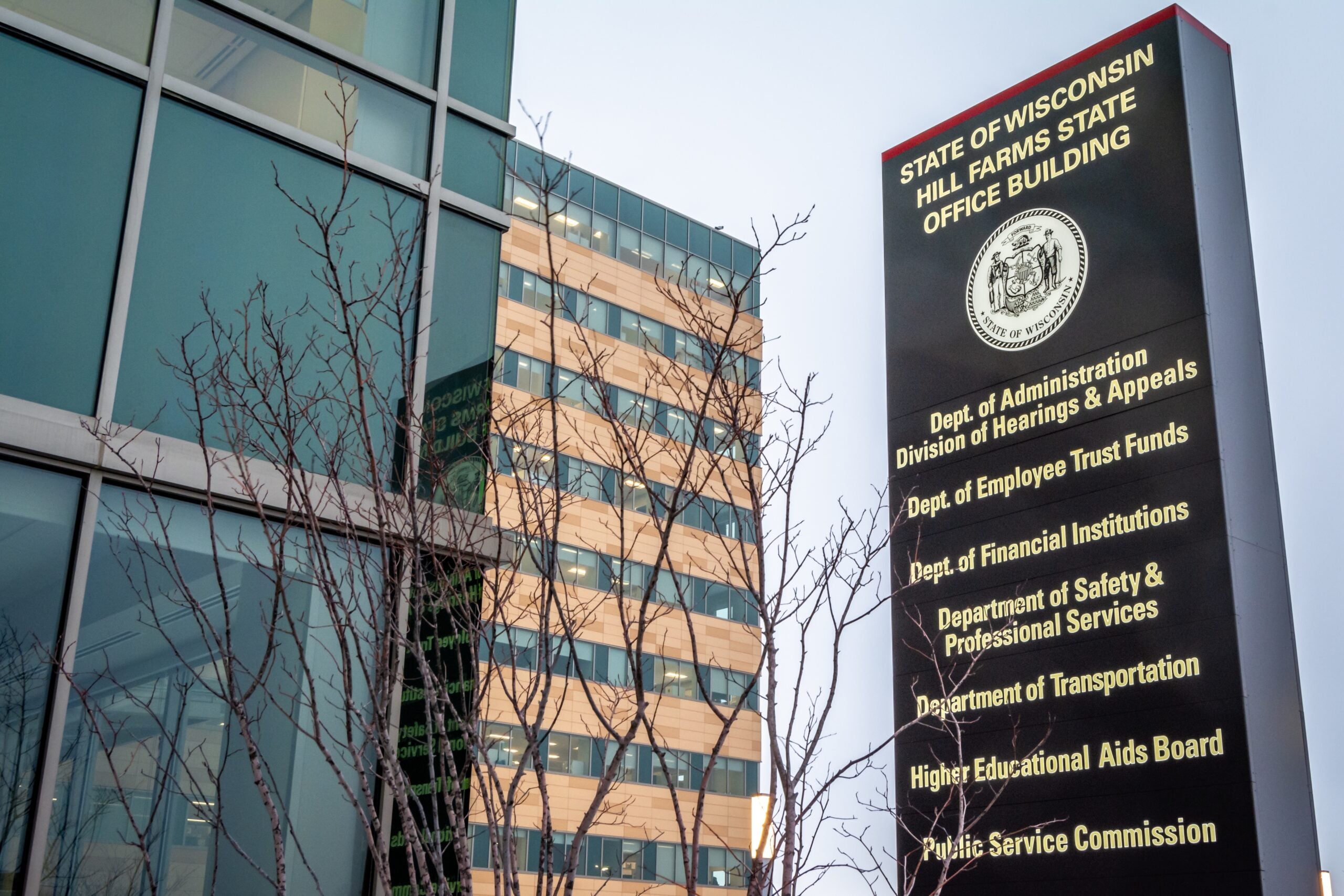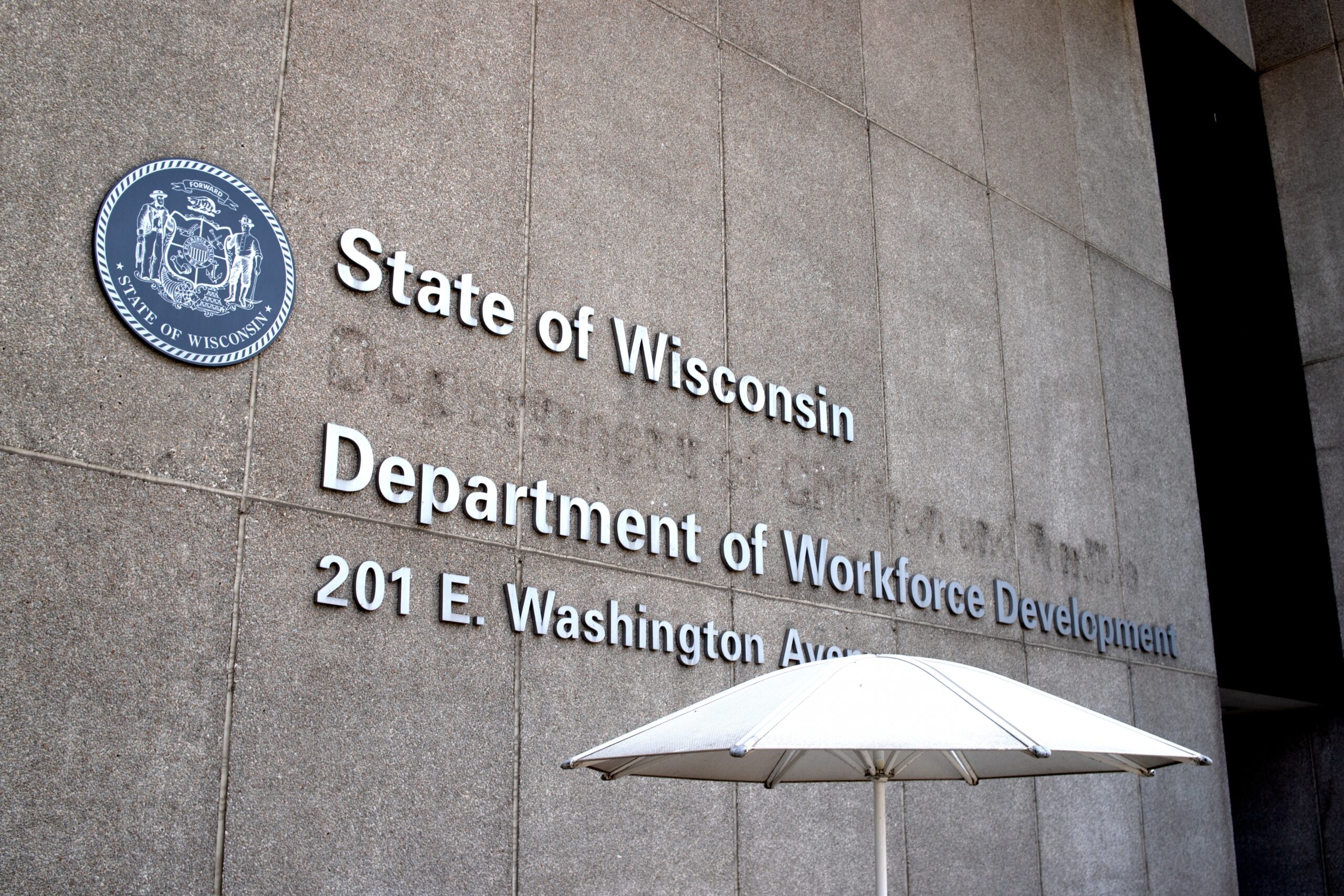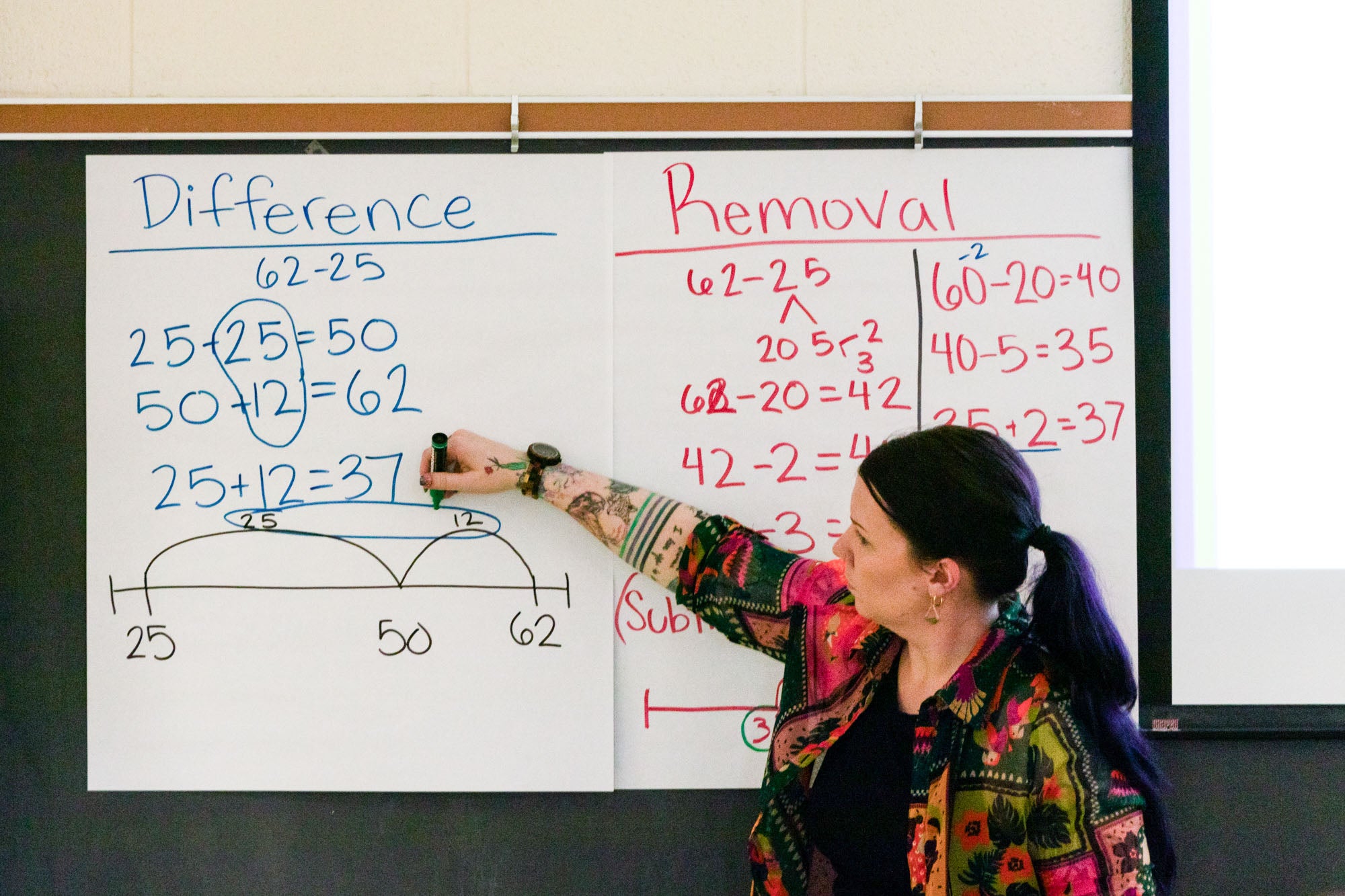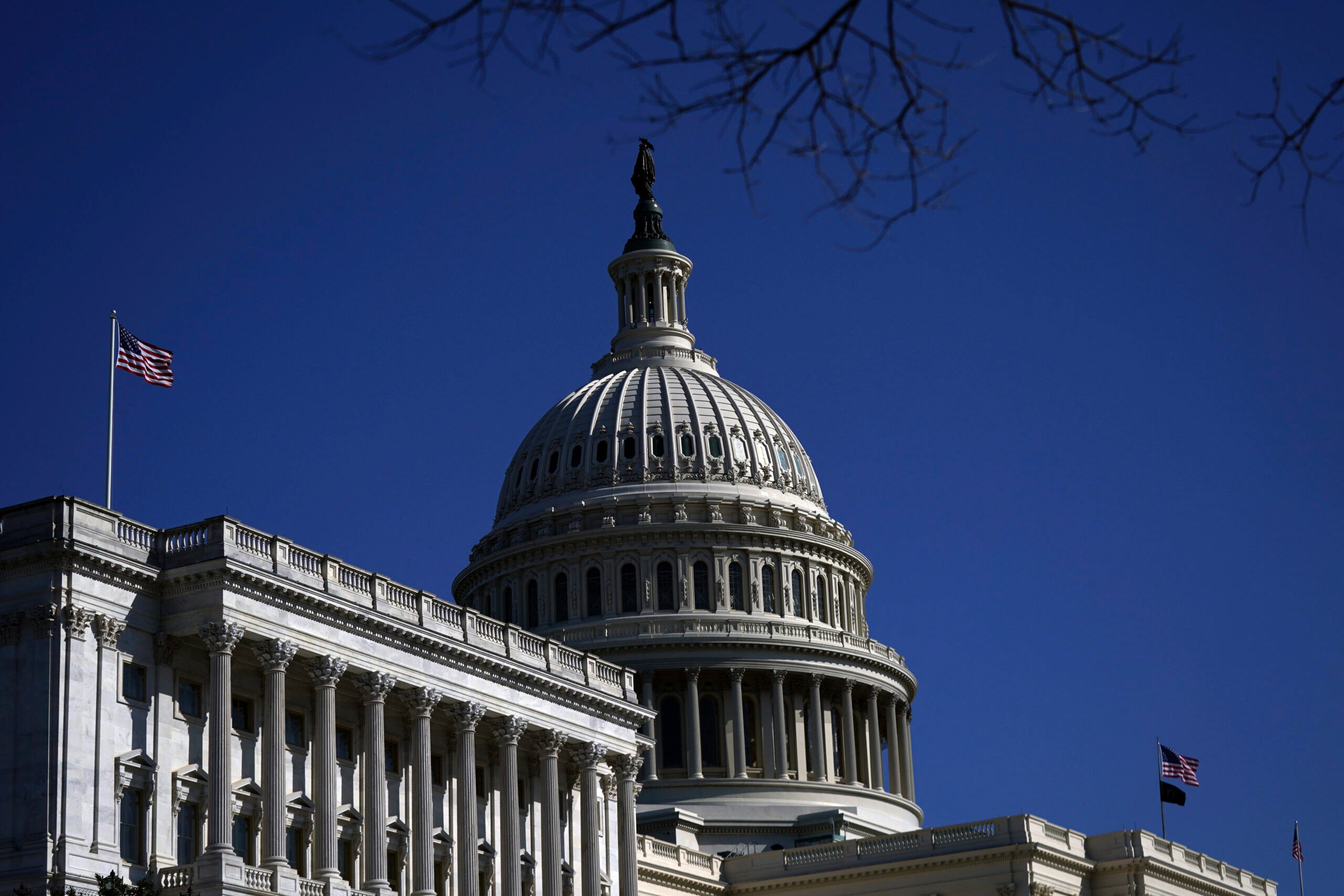Wisconsin’s government agencies saw record employee turnover last year, according to a new report.
The Wisconsin Policy Forum reported Tuesday the state workforce experienced the highest turnover rates in nearly two decades. That’s adding strain to state-run facilities that operate 24 hours a day, such as prisons and care facilities.
“It’s going to make it more difficult for those agencies to fulfill their mission, especially in the short-term,” said Jason Stein, Wisconsin Policy Forum’s research director.
News with a little more humanity
WPR’s “Wisconsin Today” newsletter keeps you connected to the state you love without feeling overwhelmed. No paywall. No agenda. No corporate filter.
According to the report, the Department of Veterans Affairs, the Department of Corrections and the Department of Health Services are still struggling with staffing levels.
“It’s notable, because when you’re running, let’s say, a home that cares for elderly veterans, just shutting down the home for a few hours is not an option,” he said. “There’s got to be staffing provided at all hours of the day and night — same in a prison, same in a psychiatric institution.”
The impact of that can increase over time, Stein added, and create challenges for institutions to be run effectively. Without more staff to replace those who left, vacancies also rose.
In 2022, veterans affairs had 570 unfilled full-time positions, the research group reported. The vacancy rate stood at about 31 percent in 2020 but jumped to 46.1 percent last year, the largest of any agency since at least 2004. The Department of Corrections had just under 2,400 vacancies last year, rising from 12.7 percent in 2020 to 23.4 percent. And DHS had more than 1,000.
The research group looked to the State of Wisconsin Classified Workforce and Affirmative Action Report, which covers all state employees save for those in judicial or legislative branches, the UW System, elected officials, appointees, assistant district attorney and public defender attorneys, limited-term and project workers. The report is published every two years.
The vacancy rate among the state’s 20 largest departments rose to about 18 percent in June 2022, according to the report. That’s up from about 12 percent the same month in 2018 and 2020.
High turnover for reasons other than retirement, report finds
Stein said the departure rate trends predated the COVID-19 pandemic.
“You could say the pandemic supercharged this but not that it completely created it,” Stein said.
Baby boomer retirement was just one of many factors at stake, the report found. The private sector is grappling with some of the same economic forces pummeling the public sector — high inflation, low unemployment and a hot labor market, all of which Stein said have created conditions for people to take more interest or be more willing to change jobs.
In the 2022 fiscal year, 16.4 percent of the state’s nearly 28,000 non-UW state employees left their jobs, according to the report. Of those, 10.2 percent departed for reasons other than retirement.
The report found that more than one in 10 employees of some of the state’s largest departments left their job voluntarily in 2022. That includes 18.4 percent of DVA employees, 12.6 percent of DHS employees and 12 percent of DOC employees.
And according to the report, personal care aides experienced the highest rate of voluntary departures — 35.1 percent — in 2022, followed by production laborers at 24.1 percent. Among the other groups include food production at 18.3 percent, public safety at 14 percent and power plant workers at 11.1 percent.
And by its very nature, Stein said, the state government may take longer to respond to fill those positions, because it does not have the same level of flexibility as some employers in the private sector.
For some agencies, it can be especially challenging to fill jobs that cover multiple locations across Wisconsin.
“That’s quite a large task,” Stein said. “You can’t just bring someone in off the street and make them a correctional sergeant, right? You have to train them.”
The cost: potential for working overtime, experiencing burnout, fewer years of service
With high state workforce turnover, it also means the staff is younger and less experienced.
Stein noted the average years of service has declined in almost every agency. According to the report, in 2014, employees had, on average, about 18 years of experience at the Public Service Commission. But that number plunged to 9.5 years in 2022. For the Department of Safety and Professional Services, it fell from 13.5 to 7.5 years.
The only state agency that saw an increase in the average age and years of state service was veterans affairs.
“There may be, as you get turnover, some ability to overhaul the way the state does business — so we don’t want to present it as 100 percent bad in every case,” Stein said. “But there’s certainly both, I think, a short term and long term impact to this trend.”
If understaffing causes some to work overtime, that could lead to worker burnout and additional turnover, the report warns.
Stein said that with high inflation, it’s possible public employee pay has not risen quickly enough to hold the turnover rate steady.
Working in a prison, for example, can be a rewarding but demanding job, Stein said, and that could play a role in where compensation needs to be. Yet increasing pay is not a panacea.
According to Stein, starting pay for corrections officers rose by 37 percent over the last three years, along with an “enhanced pay progression system.”
“We wanted to try to make clear that this has been happening, despite some response by the state,” Stein said.
The report’s author calls for Wisconsin policymakers to address working conditions and other factors in the upcoming budget.
Wisconsin Public Radio, © Copyright 2026, Board of Regents of the University of Wisconsin System and Wisconsin Educational Communications Board.





